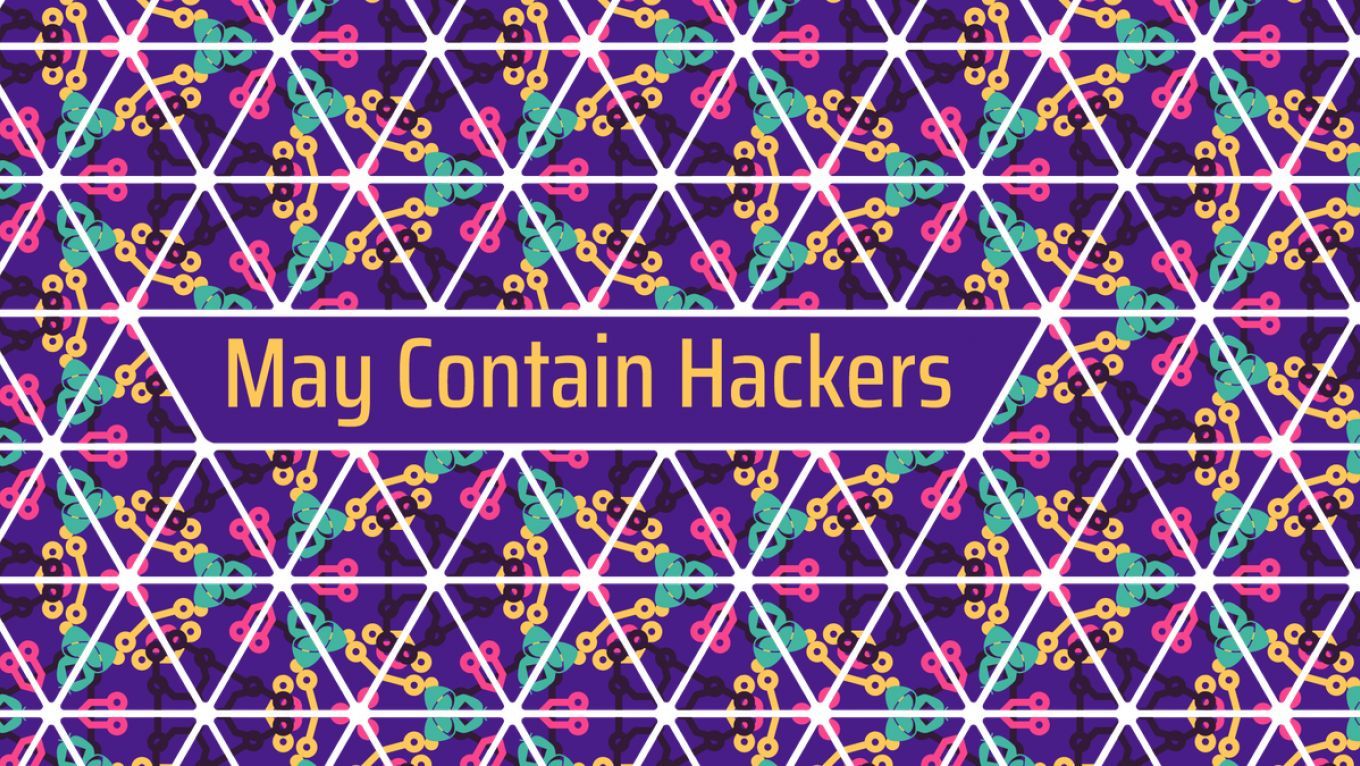MCH2022 Curated content
Wired Norms: Inscription, resistance, and subversion in the governance of the Internet infrastructure
Warning (but don't be afraid): this talk contains an overarching theory of the workings of Internet governance (with an emphasis on human rights)!
The rules of the road for the Internet infrastructure are designed in different governance bodies, such as the Internet Engineering Taskforce (IETF), the Internet Corporation for Assigned Names and Numbers (ICANN), and in Regional Internet Registries (RIRs).
I will showcase how Internet governance institutions are tied together through 'the infrastructural norm of interconnection'. This concept helps explain how Internet governance works and why many social and legal norms, such as human rights and data protection, get resisted and subverted in the governance of the Internet infrastructure.
This talk is the outcome of 6 years participation in and research of Internet governance institutions and processes, and is suitable for both issue matter experts and people who never heard of Internet governance before.
The entanglement of the Internet with the daily practices of governments, companies, institutions, and individuals means that the processes that shape the Internet also shape society. For this talk, I studied the norms that shape the Internet’s underlying structure through its transnational governance. Norms are the ‘widely-accepted and internalised [sic] principles or codes of conduct that indicate what is deemed to be permitted, prohibited, or required of agents within a specific community’ (Erskine and Carr 2016, 87). Internet governance is the development, coordination, and implementation of policies, technologies, protocols, and standards. Internet governance produces a global and interoperable Internet functioning as a general-purpose communication network in transnational governance bodies. I examine four cases of norm conflict and evolution in three key Internet governance institutions: the Internet Engineering Taskforce (IETF); the Internet Corporation for Assigned Names and Numbers (ICANN); and the Réseaux IP Européens Network (RIPE).
I show how social and legal norms evolve and are introduced, subverted, and resisted by participants in Internet governance processes with distinct and dynamic values and interests, in order to develop policies, technologies, and standards to produce an interconnected Internet. I leverage notions and insights from science and technology studies and international relations to illuminate how a sociotechnical imaginary—the combination of visions, symbols, and futures that exist in groups and society—architectural principles, and an entrenched norm function as instruments of metagovernance in the Internet infrastructure. This way, I demonstrate how a sociotechnical imaginary, values, and norms facilitate, instruct, and evaluate the norm setting processes in Internet governance.
This talk is empirically grounded in the analysis of mailing lists; technical documents; policy documents; interviews and the extensive observation of governance meetings. I have operationalized this analysis using the following methods: quantitative descriptive analysis; network analysis; quantitative and qualitative discourse analysis, as well as in participant observation, including semi-structured interviews and ethnographic probes.
The aim of this talk is to show how Internet governance happening in multistakeholder bodies, what I call private Internet governance, solely functions to increase interconnection between independent networks. In this process, the introduction of social and legal norms—such as human rights principles and data protection regulations that might hamper increased interconnection—is resisted by significantly represented stakeholders in the process. Ultimately, I argue that while the sociotechnical imaginary and architectural principles serve to legitimize this governance ordering, the entrenched norm, what I call the infrastructural norm that transcends singular institutions, guides the distributed private governance regime.
The infrastructural norm of voluntary interconnection plays an instructing and evaluating role in the process of norm development and evolution in private Internet governance. The infrastructural norm is embedded in its institutional configuration, technological materiality, economical incentives, and supranational interest, and ties the private Internet governance regime together. In conclusion, I posit that the private Internet governance regime is designed and optimized for the narrow and limited role of increasing interconnection. As a result, the governance regime resists aligning Internet infrastructure with social or legal norms that might limit or hamper increasing interconnection.
Additional information
| Type | Talk |
|---|---|
| Language | English |
More sessions
| 7/22/22 |
⚠️ Warning! This talk may contain hackers. There may be hackers in the room. There may be hackers surrounding the room. There may be hackers recording this. There may be hackers listening in. There may be hackers that exfiltrate data. There may be hackers wearing shirts. There may be hackers carrying spying devices. OH NO! There are hackers EVERYWHERE! What can we do now, except having a party?
|
| 7/22/22 |
What do big tech, synthesizers, the crucifixion and Matthäus Passion have in common? Find the answer in the tech performance The Silicon Passion. We’ve all embraced big tech —but is it a warm hug or a strangulation? Bear witness to a debate of biblical proportions between tech nerds, technology and its users. In The Silicon Passion SETUP, in collaboration with de Transmissie (David Schwarz en Derk Stenvers) and Rodrigo Ferreira, is looking for a way out of the pit that technology has ...
|
| 7/22/22 |
Lightning talks are a 5 to 10 minute quick talk on an interesting subject. They can be with or without slides, and with or without proper preparation. if you weren't accepted in the main CfP, this is also a great opportunity to give an abridged version of your talk. These sessions will be available to sign up to later on, with details on the wiki: https://wiki.mch2022.org/Static:Lightning_Talks
|
| 7/22/22 |
In this workshop, we will learn how to assemble tiny parts on circuit boards by building an electronic touch-activated purring kitten. Anyone can do it. Yes, even you who never touched anything electronic before. Takes 120mins, 20€/kit, avoid caffeine immediately before. Max 10 participants per session, sign up on PAPER at the Hardware Hacking Area.
|
| 7/22/22 |
This is a submission for a keynote talk at MCH2022. The Internet is both a familiar, comfortable place as well as a bottomless rabbit hole you can lose yourself in. The Internet has always been like this from its inception, the difference now is the scale and consequences are almost immeasurable - and it tests the limits of human imagination. When you look into the mirror of the Internet what you see reflected back depends on what you are looking for. It has become largely a reflection of ...
|
| 7/22/22 |
Have you ever forgotten a passphrase or lost a hardware token? Lost access to enough Bitcoin to buy a pizza or two? Encryption is fundamental to securing our liberties, but key and password management remain difficult even for professionals, let alone the general public. This talk presents Passcrow, an Open Source project attempting to address one of crypto's largest usability issues: password and key recovery in a decentralized environment.
|
| 7/22/22 |
Thanks to DNSSEC and DANE, it is possible to automatically verify user@domain.name identities by checking with domain.name servers. The real problem however, is integration with existing protocols, instead of inventing something completely new and perhaps web-only. The purpose of our work on Realm Crossover mechanisms has been to design generic solutions that extend many different application protocols, without changing their protocol specs.
|

